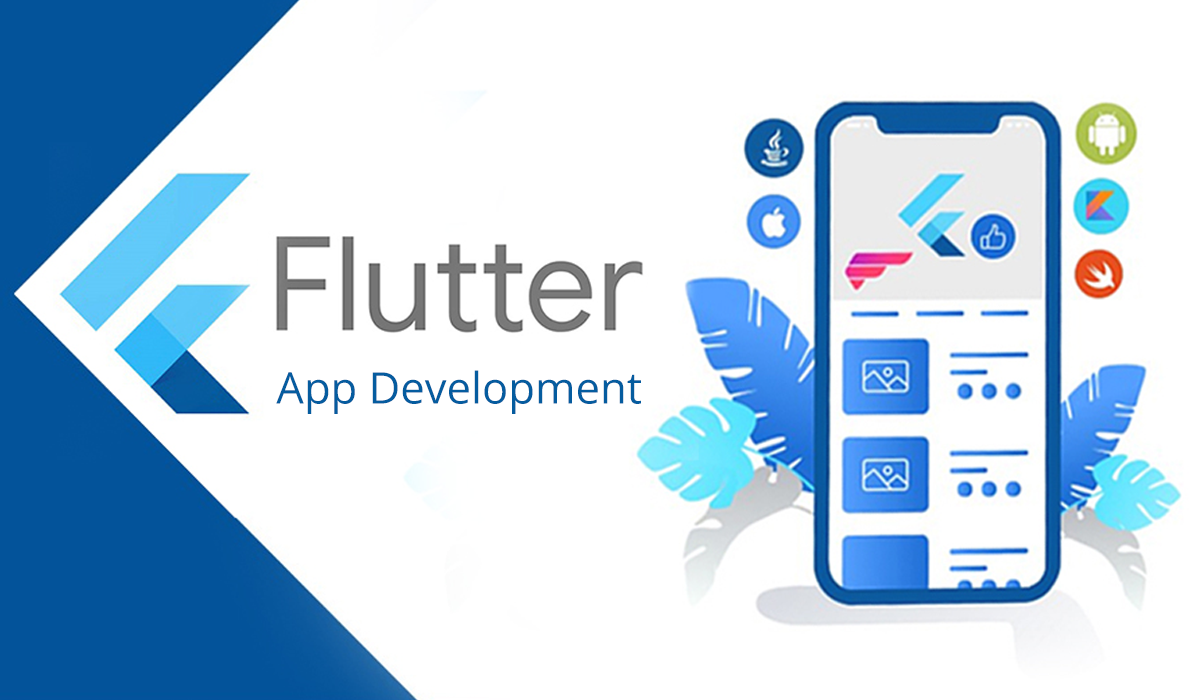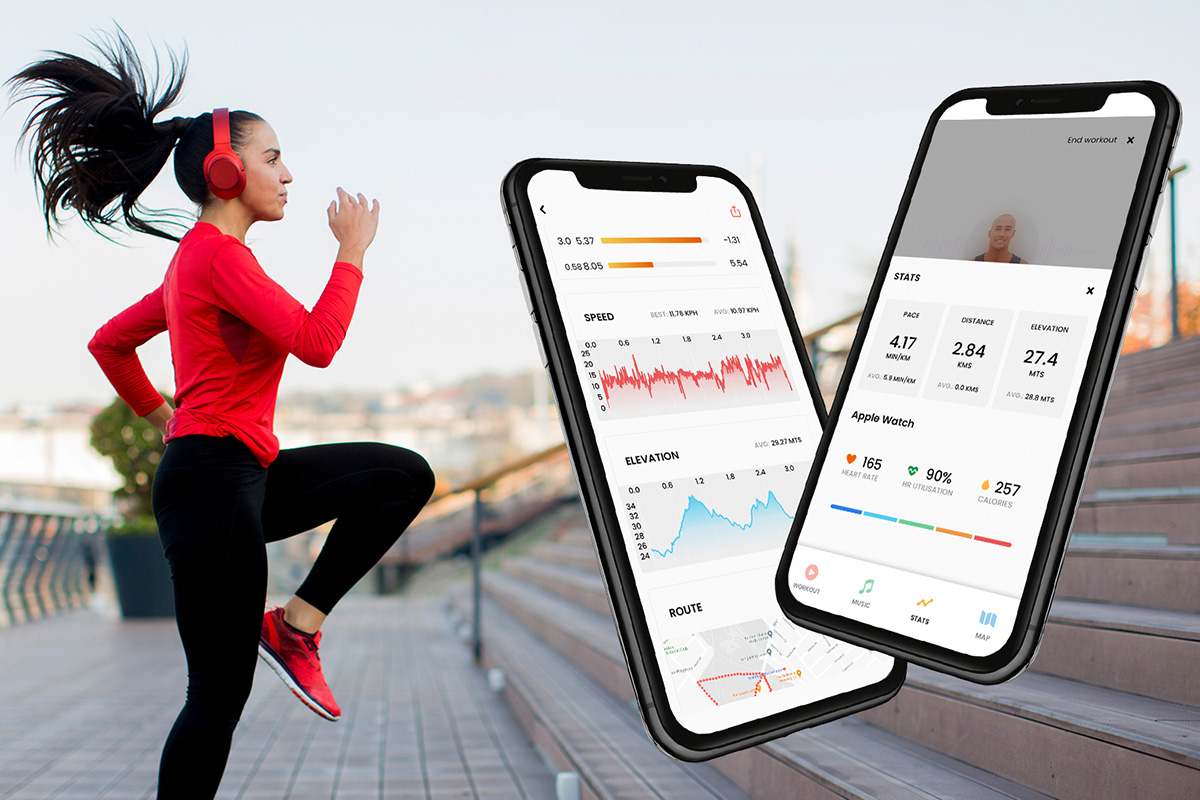Here is my simple review of Psoriasis Revolution. Traditional psoriasis treatments include steroid creams, light therapy, occlusion, and oral medications. However, these don't provide a permanent solution, and symptoms can return once you stop using them.
To address this, medical researcher and former psoriasis sufferer Dan Crawford created a revolutionary ebook. His 7-step method claims to naturally cure psoriasis from the root and restore internal health balance.
I decided to review Psoriasis Revolution because I suffered from psoriasis and tried many treatments without success. When I was diagnosed, I felt hopeless and depressed, dealing with symptoms like dry, flaky skin, inflammation, and red patches.
Health consultant, and former chronic psoriasis sufferer teaches you how to:
Stop Psoriasis and gain instant relief from the symptoms of Psoriasis, such as red, inflamed itchy skin, silvery scales, burning or bleeding that occurs around your joints and related discomfort in the next 7 days!
Fix the root cause of your Psoriasis by holistically addressing the internal causes of this condition within 30 to 60 days.
Reverse Pitted, Thickened, or Discolored Fingers Or Toe Nails
Throw away your drugs, steroids and creams and feel more confident right away!
Restore your natural inner balance and prevent untreated Psoriasis-related health issues such as Psoriatic Arthritis and keep them away forever!
Lose extra weight, look younger, and feel healthier.
Restore your energy levels and improve your quality of life dramatically... guaranteed!
Are you struggling to get rid of Psoriasis? Are you frustrated by being unable to eliminate your Psoriasis or control your Psoriasis condition despite all your efforts? If you answered yes, then I know exactly how you feel, because I have personally gone through the same experience. I battled my severe Psoriasis for more than a decade until I finally found a cure and got rid of it permanently.
You're about to discover what might be the most powerful Psoriasis system ever developed. With it, I have helped thousands of people just like you permanently cure their Psoriasis and achieve permanent freedom from all types of Psoriasis.
My name is Dan Crawford and over the past 12 years, through a long process of trial, error, and experimentation, I've developed a sure-fire, 100% guaranteed, clinically researched system backed by 47,000+ hours of nutritional research for eliminating Psoriasis for good. This is a very rare, unique and powerful Psoriasis healing system that very few people even know exists...
If you have Psoriasis, besides the more conventional causes it is also possible that your Psoriasis is related to other risky conditions. The truth is that Psoriasis can be very dangerous if left untreated and can worsen with age. It is very common that the cause of Psoriasis is a problem with one of your internal organs. Psoriasis can also lead to other skin disorders such as fungal nail infections, athlete's foot, jock itch, bacterial infections and warts. Psoriasis can be aggravated into Psoriatic Arthritis. Moreover, psoriasis sufferers can develop cancer of white blood cells, a Heart Attack (due to inflammation found in Psoriasis), that can seriously endanger your life. A recent U.K study has clearly shown that psoriasis sufferers tend to have shorter lifespan (up to 20-30 years shorter than individuals who do not develop or treat psoriasis in a timely manner).
The Only Holistic Psoriasis System In Existence That Will Teach YOU How To Permanently Stop Your Psoriasis, Eliminate red, inflamed itchy skin, silvery scales, burning or bleeding, Rebalance Your Body and Achieve The LASTING Psoriasis Freedom You Deserve!
"Psoriasis Revolution (TM)" is a 250-page downloadable e-book, jam-packed cover to cover with all the secret Psoriasis cure methods and unique powerful techniques, and the step-by-step holistic Psoriasis system I've discovered in over 12 years of Psoriasis research. This program contains all the information you'll ever need to eliminate your Psoriasis permanently without anti-inflammatory creams or Corticosteroids, without using drugs or laser therapy, and without any side effects.
Click the link below to get your copy and start your journey to being psoriasis-free! :
https://tinyurl.com/3e8muw75 #psoriosis #revolution #eliminatepsoriasis #chronicpsoriosis #naturalinnerbalanceHere is my simple review of Psoriasis Revolution. Traditional psoriasis treatments include steroid creams, light therapy, occlusion, and oral medications. However, these don't provide a permanent solution, and symptoms can return once you stop using them.
To address this, medical researcher and former psoriasis sufferer Dan Crawford created a revolutionary ebook. His 7-step method claims to naturally cure psoriasis from the root and restore internal health balance.
I decided to review Psoriasis Revolution because I suffered from psoriasis and tried many treatments without success. When I was diagnosed, I felt hopeless and depressed, dealing with symptoms like dry, flaky skin, inflammation, and red patches.
Health consultant, and former chronic psoriasis sufferer teaches you how to:
Stop Psoriasis and gain instant relief from the symptoms of Psoriasis, such as red, inflamed itchy skin, silvery scales, burning or bleeding that occurs around your joints and related discomfort in the next 7 days!
Fix the root cause of your Psoriasis by holistically addressing the internal causes of this condition within 30 to 60 days.
Reverse Pitted, Thickened, or Discolored Fingers Or Toe Nails
Throw away your drugs, steroids and creams and feel more confident right away!
Restore your natural inner balance and prevent untreated Psoriasis-related health issues such as Psoriatic Arthritis and keep them away forever!
Lose extra weight, look younger, and feel healthier.
Restore your energy levels and improve your quality of life dramatically... guaranteed!
Are you struggling to get rid of Psoriasis? Are you frustrated by being unable to eliminate your Psoriasis or control your Psoriasis condition despite all your efforts? If you answered yes, then I know exactly how you feel, because I have personally gone through the same experience. I battled my severe Psoriasis for more than a decade until I finally found a cure and got rid of it permanently.
You're about to discover what might be the most powerful Psoriasis system ever developed. With it, I have helped thousands of people just like you permanently cure their Psoriasis and achieve permanent freedom from all types of Psoriasis.
My name is Dan Crawford and over the past 12 years, through a long process of trial, error, and experimentation, I've developed a sure-fire, 100% guaranteed, clinically researched system backed by 47,000+ hours of nutritional research for eliminating Psoriasis for good. This is a very rare, unique and powerful Psoriasis healing system that very few people even know exists...
If you have Psoriasis, besides the more conventional causes it is also possible that your Psoriasis is related to other risky conditions. The truth is that Psoriasis can be very dangerous if left untreated and can worsen with age. It is very common that the cause of Psoriasis is a problem with one of your internal organs. Psoriasis can also lead to other skin disorders such as fungal nail infections, athlete's foot, jock itch, bacterial infections and warts. Psoriasis can be aggravated into Psoriatic Arthritis. Moreover, psoriasis sufferers can develop cancer of white blood cells, a Heart Attack (due to inflammation found in Psoriasis), that can seriously endanger your life. A recent U.K study has clearly shown that psoriasis sufferers tend to have shorter lifespan (up to 20-30 years shorter than individuals who do not develop or treat psoriasis in a timely manner).
The Only Holistic Psoriasis System In Existence That Will Teach YOU How To Permanently Stop Your Psoriasis, Eliminate red, inflamed itchy skin, silvery scales, burning or bleeding, Rebalance Your Body and Achieve The LASTING Psoriasis Freedom You Deserve!
"Psoriasis Revolution (TM)" is a 250-page downloadable e-book, jam-packed cover to cover with all the secret Psoriasis cure methods and unique powerful techniques, and the step-by-step holistic Psoriasis system I've discovered in over 12 years of Psoriasis research. This program contains all the information you'll ever need to eliminate your Psoriasis permanently without anti-inflammatory creams or Corticosteroids, without using drugs or laser therapy, and without any side effects.
Click the link below to get your copy and start your journey to being psoriasis-free! : https://tinyurl.com/3e8muw75
#psoriosis #revolution #eliminatepsoriasis #chronicpsoriosis #naturalinnerbalance













